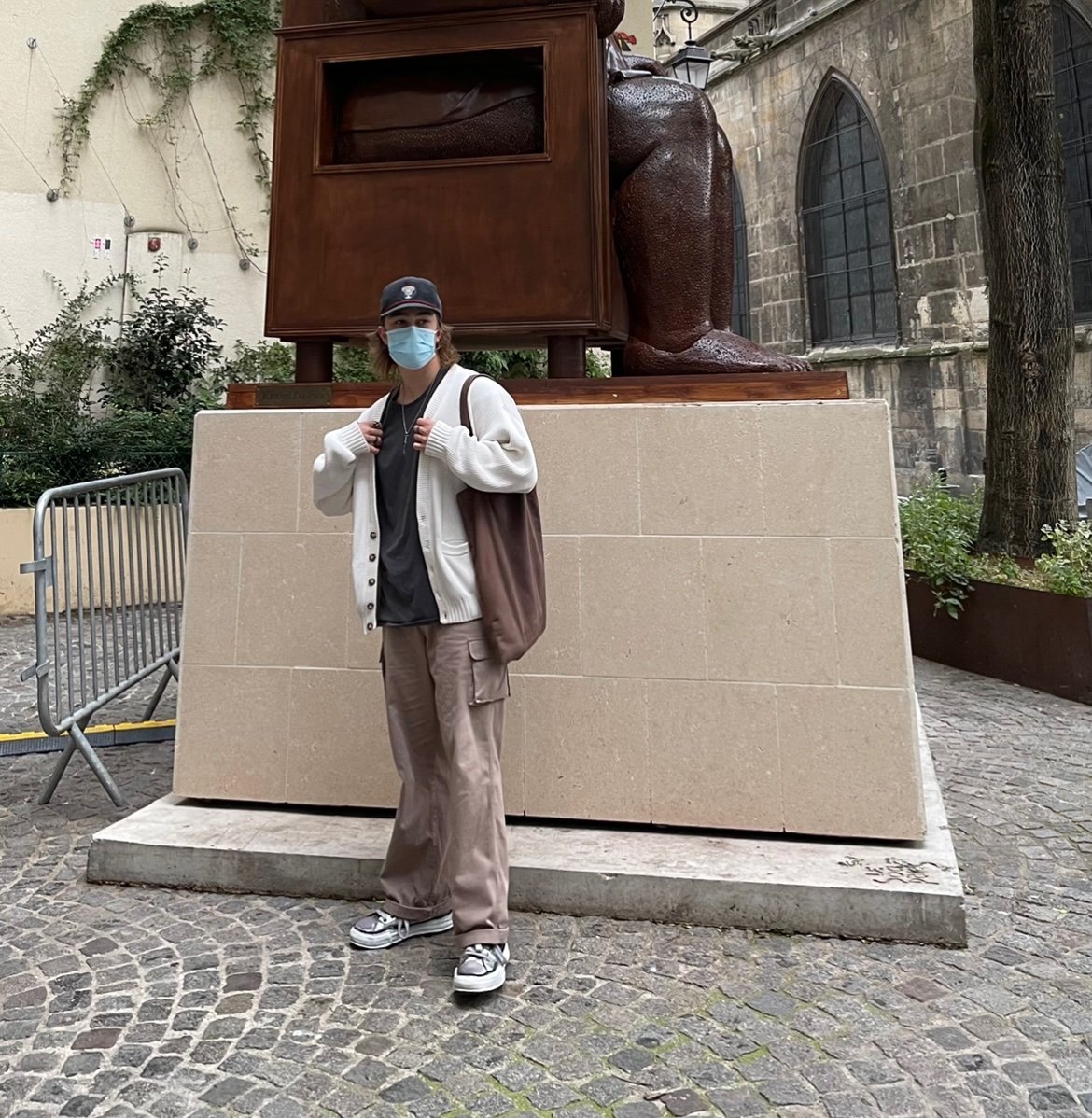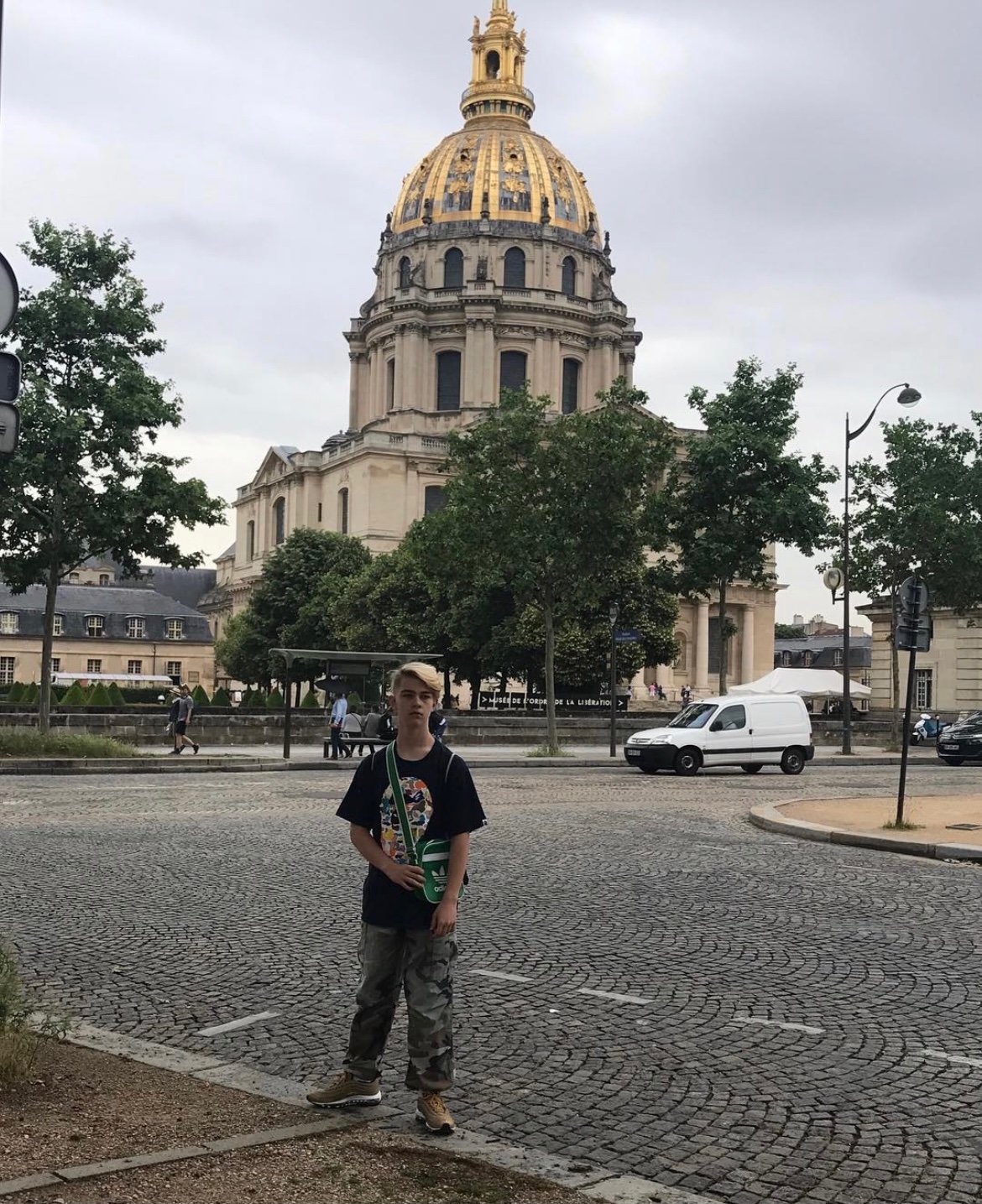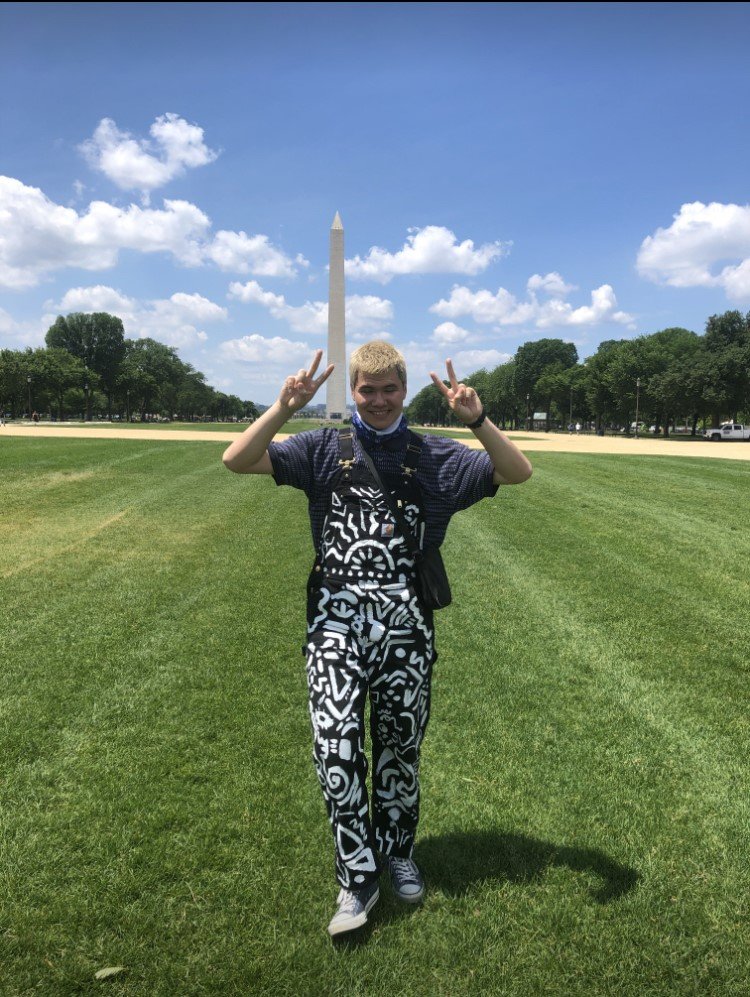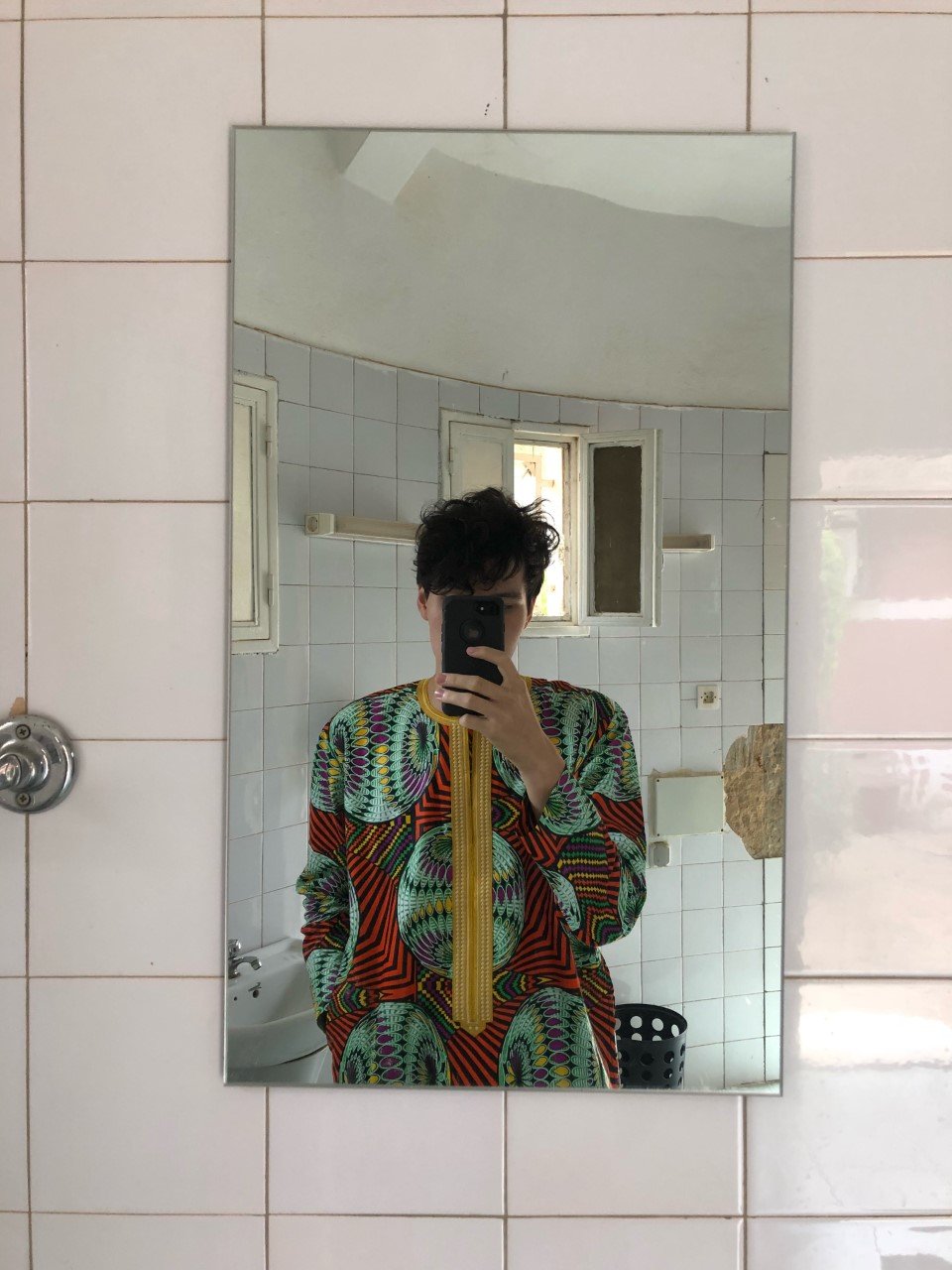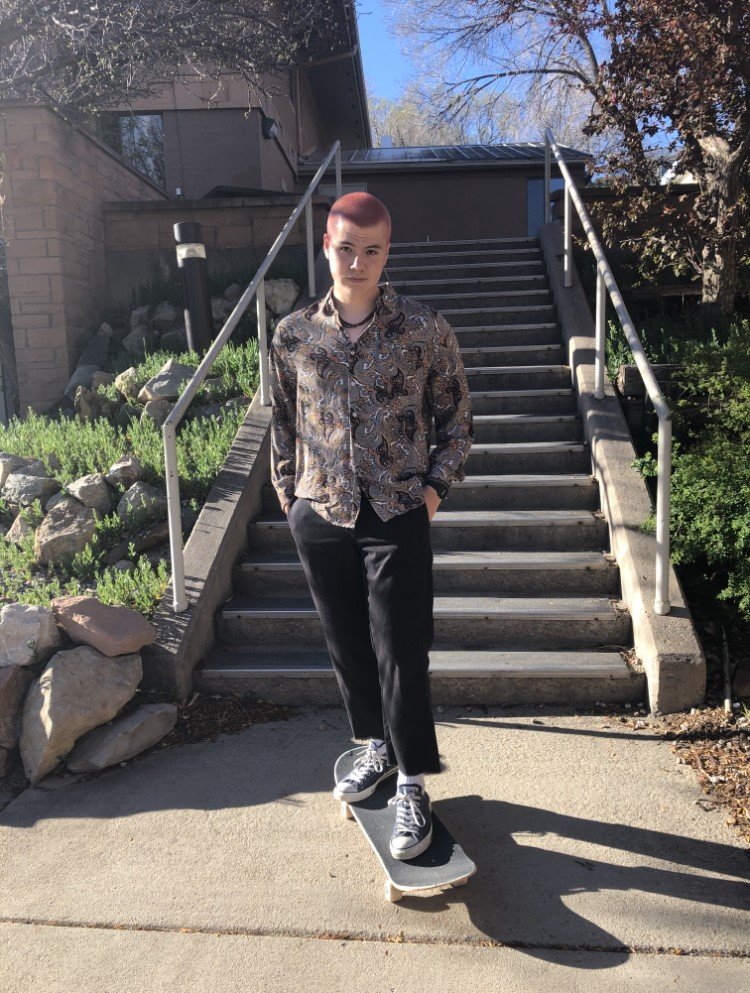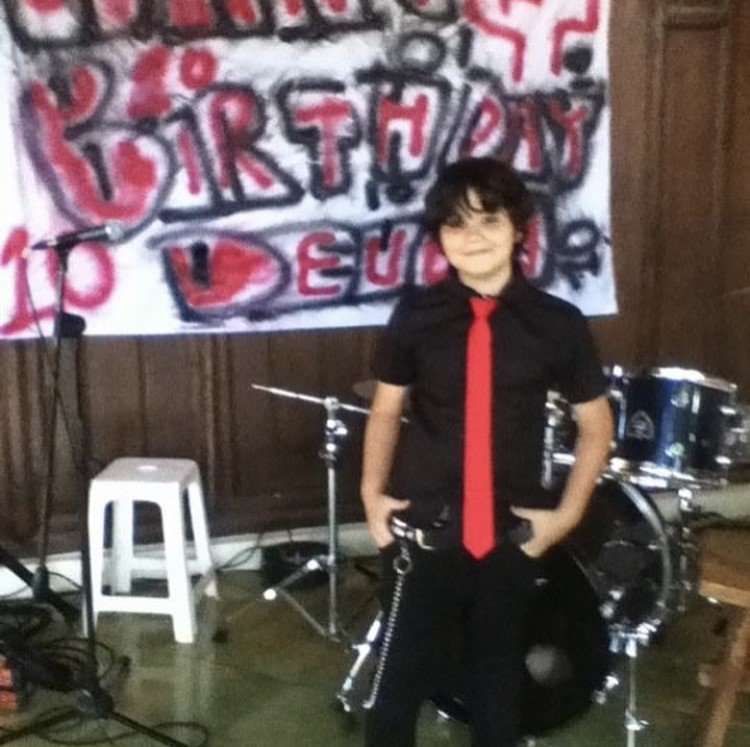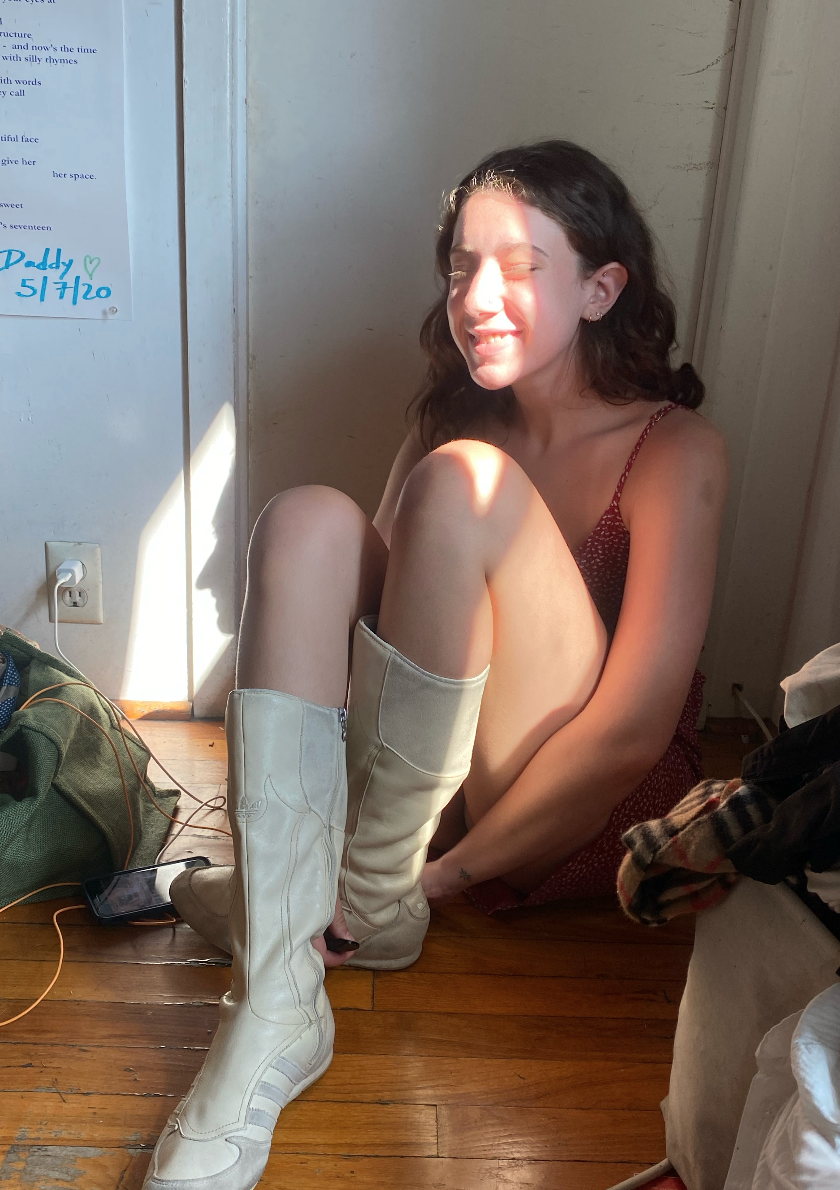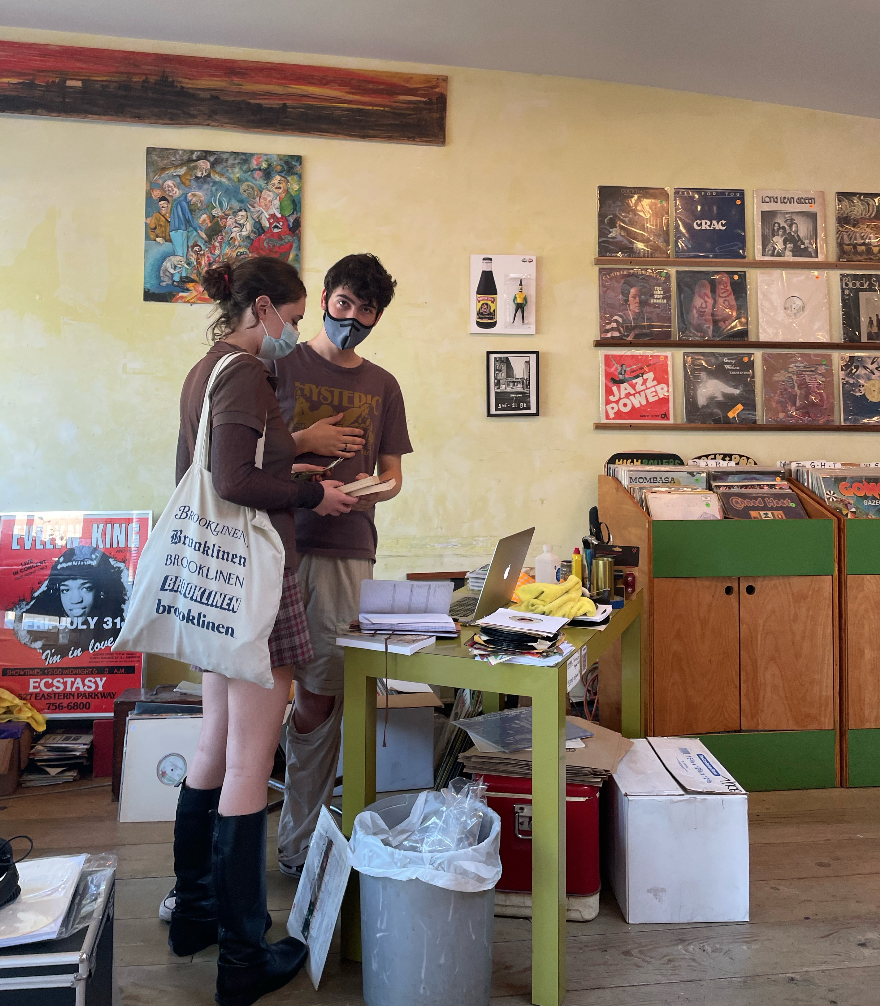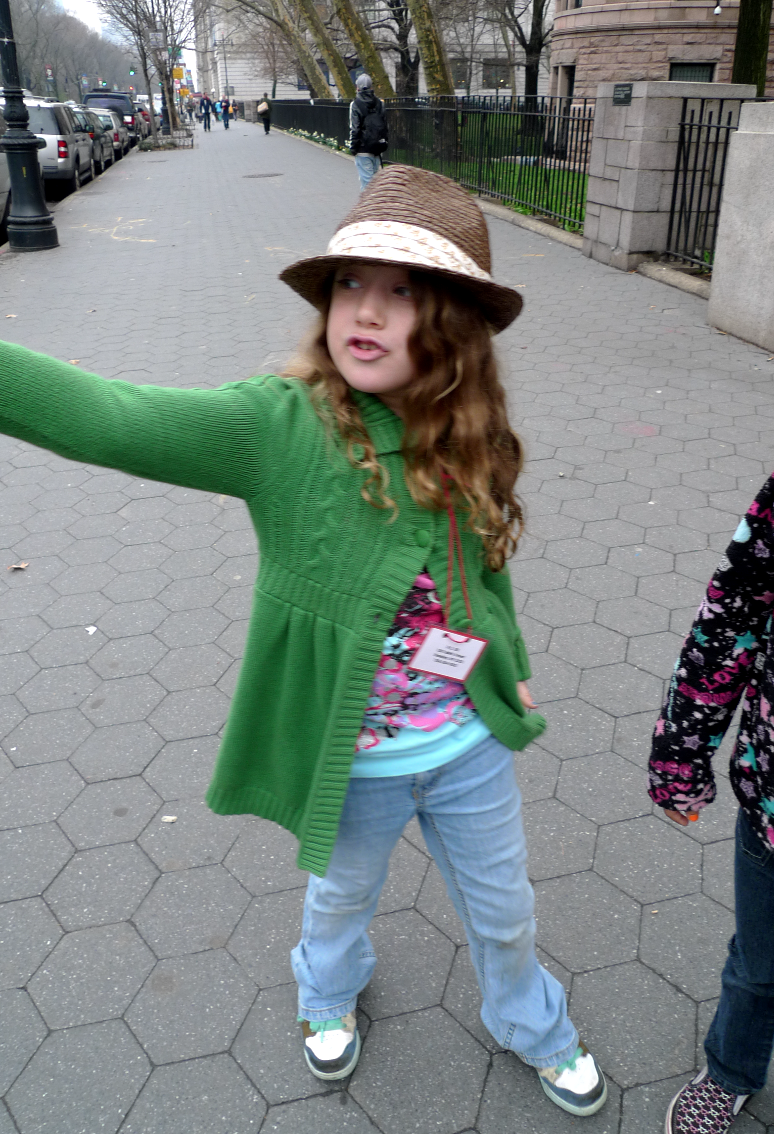Three New Middlebury Students on Hometown Fashion
By Maya Watson
Where we come from determines much of who we are. We grow up in communities with values we adopt and aesthetics we emulate, groups we attempt to fit in with and others we try to distinguish ourselves from. For many people, hometowns provide templates for what we want to be and what we don’t. We bring this to college in our actual personalities but also in our wardrobes, in the clothes we choose to present ourselves to other people, the physical representations of what we want them to think of us and how we want to feel.
In preparing to write this article, I interviewed three first-years from three different places. The first is Max. Max is from Atlanta, Georgia, America’s fastest growing city and home to all of the country’s best rappers (“take my word on this one,” he tells me). Max describes his neighborhood of Little Five Points as what used to be the “hippy” center of Atlanta, a place filled with vintage shops and aspiring artists. He can remember thinking about fashion as early as fifth grade, when H&M was his holy grail and he was just getting into what he describes as “classic menswear.” When middle school hit, Max moved more towards streetwear brands like Supreme and Off-White. This influence came partially from Instagram, but also from opportunities like a Virgil Abloh exhibit that came to his hometown and the daily necessity of walking through the city. At least in the suburb I grew up in, “Streetwear Style” existed primarily online, in Instagram feeds and TikTok videos. In real life, it was present only in a diluted sense, people copying other people who were copying the originals, slightly off kilter reproductions of the online ideal. In Atlanta, though, Max experienced this style as an everyday physical reality. He inhabited the same streets as some of the very people that inspired the culture, not just the ones copying it.
As he got older, Max began to develop a sense of style that was more unique to him. He swore off skinny jeans and fast fashion and learned to recycle his wardrobe at second hand stores in his neighborhood. In central Atlanta, this meant finding brands like Supreme and Rick Owens at prices that were affordable for a kid in high school. As Hypebeast culture fell out of fashion, Max discovered new inspiration in what was becoming available in thrift stores. He describes his style now with a combination of influences: high fashion, Japanese Americana, Western, all of which owe at least some credit to online trends— but also to growing up in a place where other people are always living on the cusp of what’s next in culture and clothes.
Next I spoke with Devin. Devin grew up in between two places, spending his school years in Virginia and summers in Bali. Early on, Devin found inspiration in his family in Indonesia. There, they are immersed in Indonesian counterculture, everything from art and music to graffiti and skateboarding. Devin told me about a Green Day-themed birthday party he had in late elementary school and his experience getting into skate culture, both testaments to his family’s influence. He credits skateboarding with not only his own style but with a lot of the clothes he sees on his peers: baggy pants, Vans, shoelace belts, Supreme. The aesthetics he found at home in Virginia never really matched his own, and he found himself leaning further into skateboarding to differentiate himself from the southern preppy style he saw at school. Devin is quick to tell me how skateboarding takes a toll on your wardrobe; he found himself “bumming shoes off [his] friends” and getting into thrifting in order to replace what was rapidly being destroyed by the sport.
In Bali, Devin began to appreciate clothes with meaning, trading Stussy t-shirts with his cousin in exchange for screen printed shirts made by artist friends. He adopted a “DIY mentality” surrounding his wardrobe, piecing it together from friends, cousins, uncles, and thrift stores. His family and skateboarding community taught him to care about clothes as a way to express “insiderness,” to identify with a group of likeminded people. He learned which brands were special to skaters and how to present himself in a way that would impress them and the people around him outside of that community. At home in Virginia and in Bali, he developed a style simultaneously unique to him and characteristic of each of his homes.
Tasha was the last person I spoke with. She grew up between two areas of Brooklyn: one a family neighborhood currently in the process of being gentrified and the other a formal industrial zone known for hipsters and small art galleries and its very dirty canal. Much of Tasha’s style comes directly from growing up in her Brooklyn neighborhood. She describes thrifting at Brooklyn’s L Train Vintage as a “coming of age” experience, telling me that Brooklyn resident Chloe Sevigny is her style icon, and cites Adidas Sambas (“the Brooklyn version of Air Force 1s”) as a staple in her wardrobe. She can remember getting into fashion when her older brother reached high school, borrowing his stuff and taking inspiration from his friends. She cites a tendency to find things that might be ugly in any other context and make them cool— to turn towards eclectic tank tops, secondhand jeans, and Sambas as a go-to outfit. She describes her friend’s closets as a “shared space,” a place where they’ve developed a collective sense of style, one which represents each of them and all of them at once.
Mainstream fashion at Middlebury can be a bit of a culture shock. I hear this a lot from other first-years, and when I asked my interviewees about it they had a lot to say. Max told me that most of the people he sees in Atlanta have ditched khakis for baggy jeans, Devin described a hatred of Patagonia and the elitist attitudes it seems to represent, and Tasha made it clear that it’s pretty rare to spot leggings in Brooklyn. And while they are far from stocking their closets exclusively with hiking gear, this culture has already begun to impact the way that they choose to present themselves. Devin says he finds himself embracing skate style in order to identify with that community on campus, while Tasha recently purchased her first pair of Gore-Tex boots (second hand, of course).
For many, our hometowns teach us how to choose our clothes and ourselves. We first learn who and what we like at home. At Middlebury and in Vermont we might become different, adjust to a different lifestyle or maybe a different identity, but we won’t forget the places that gave us our values (aesthetic and otherwise), the places that taught us how to fit in and stand out and feel like ourselves. Rather, we move away and we adapt (to colder weather, in this case). We bring ourselves and our clothes from home and we build something new.

